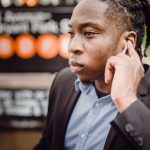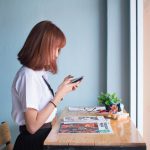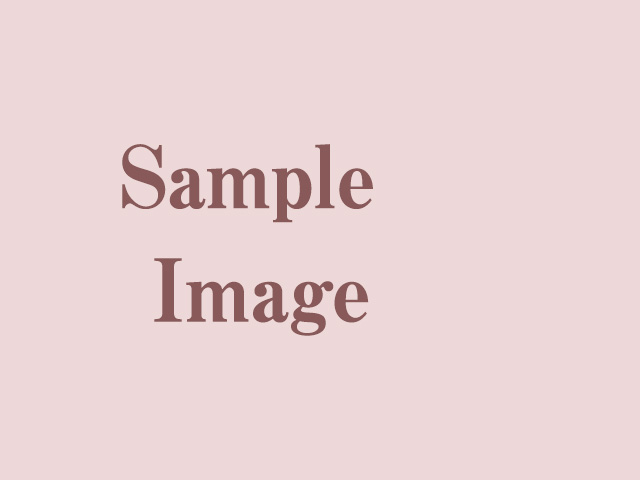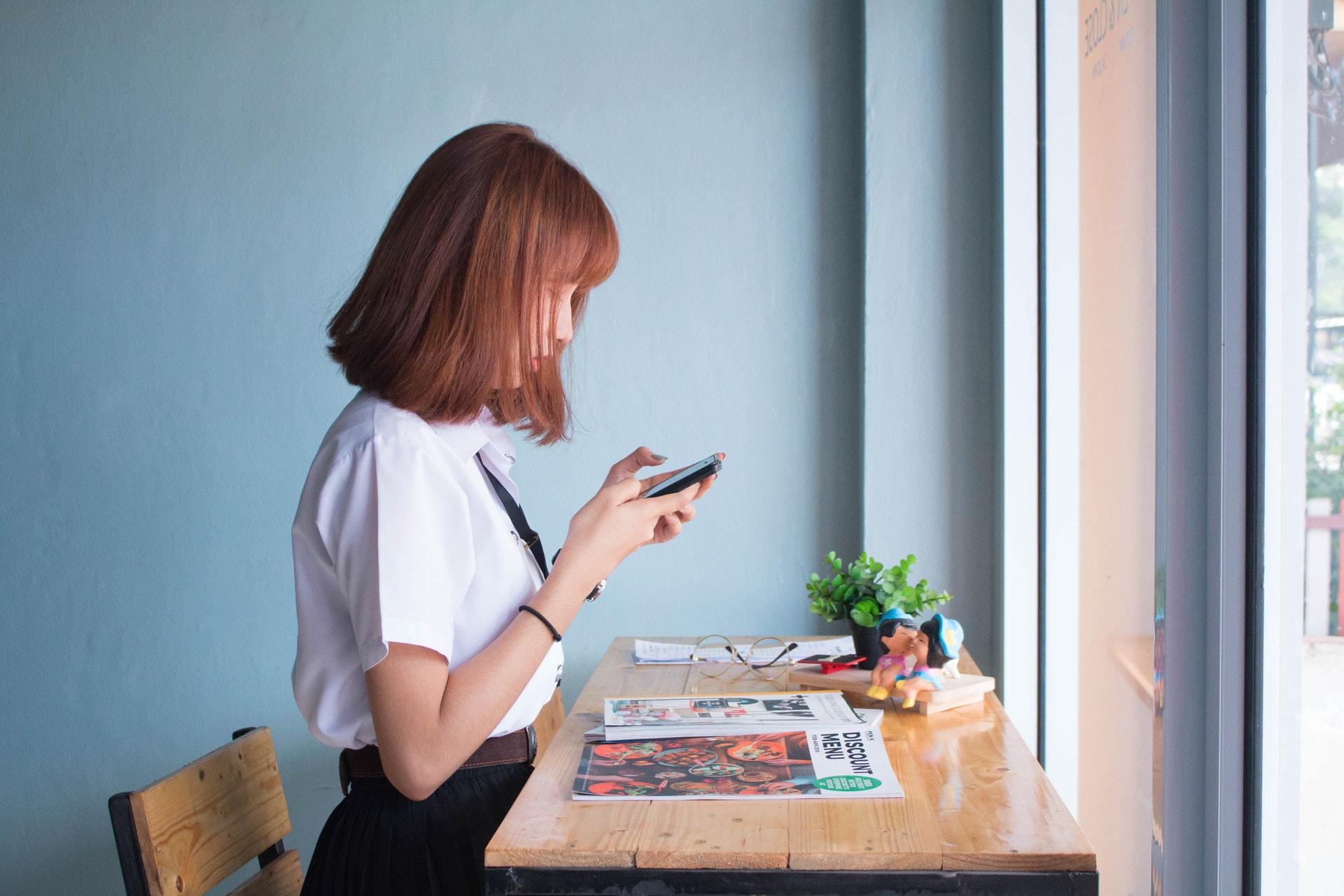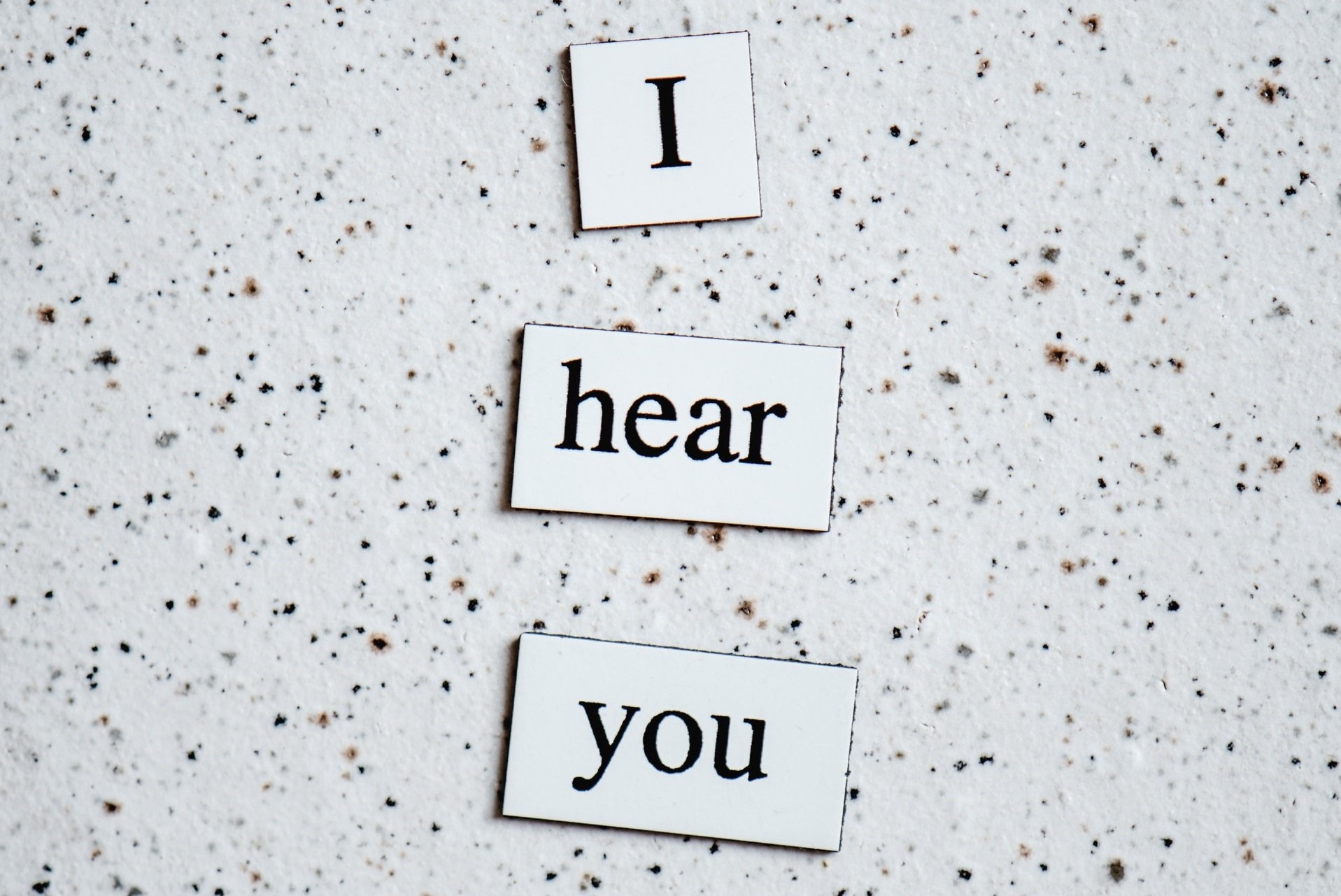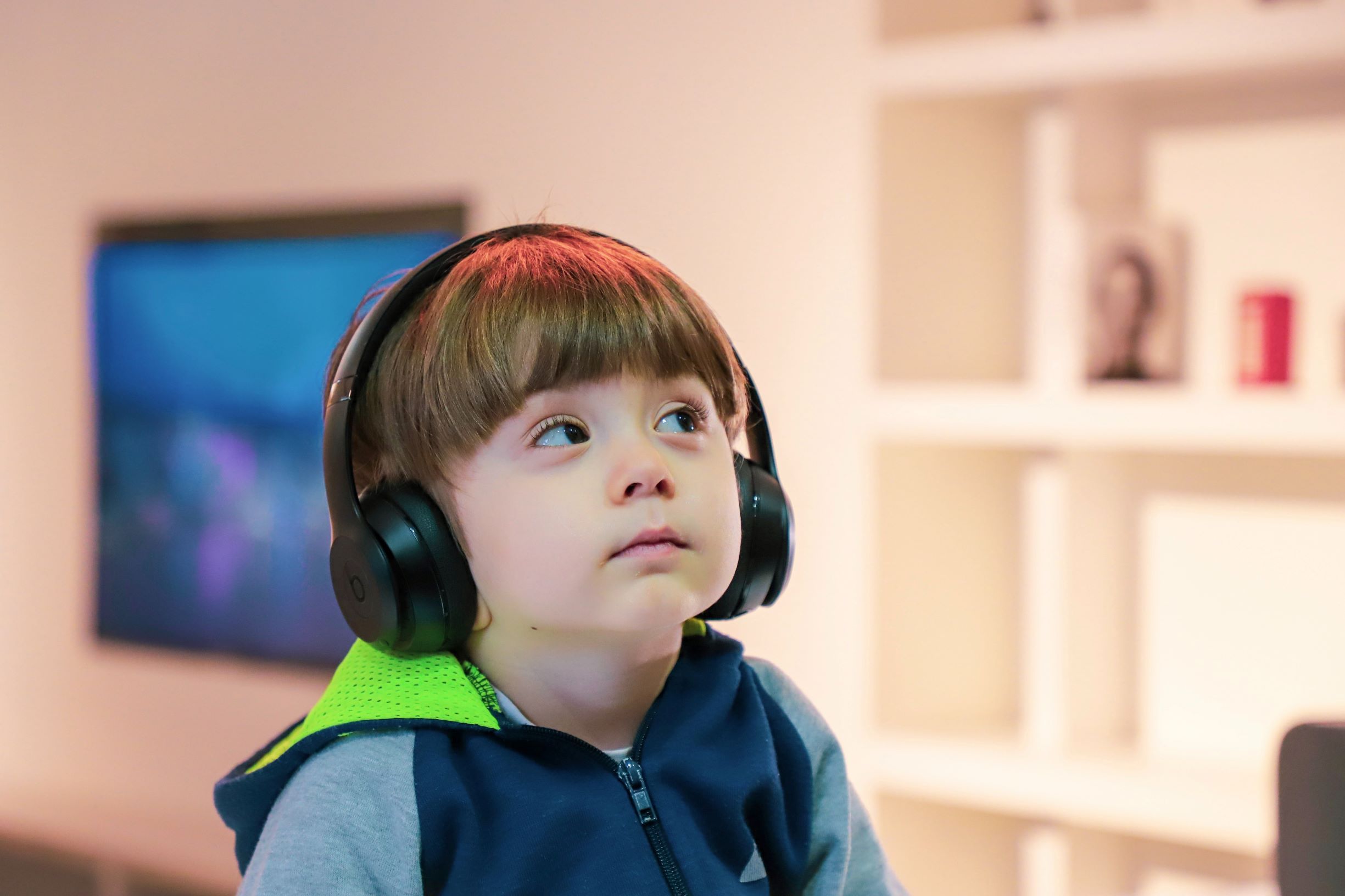
Adult ears are susceptible to noise-induced hearing loss, so it should come as no surprise that sensitive young ears are particularly vulnerable to noise damage.
This article explains how to protect your child’s hearing from early damage.
Ensuring our kids wear suncream, use a seatbelt, and wear helmets is more than standard practice — it’s to be expected. However, the topic of hearing protection isn’t always associated with the same level of importance.
Your child’s ears and hearing go through a period of significant development in the first few years after birth and protecting their ears during this time is crucial.
A child’s ear canal is smaller than an adult’s, so the sound pressure generated is greater than in an adult’s ear. While this means that loud sounds are even louder for small children, this is more significant than merely being an unpleasant sensation for youngsters. Their internal ear structures are fragile, more sensitive, and especially prone to noise-induced damage.
Helping your little ones avoid loud noise and use hearing protection during loud events and activities means they’re more likely to grow up to have healthy hearing.
Contents
Causes of Babies and Children’s Hearing Problems
The world is full of loud noises, but some are particularly problematic for kids.
Here are a few common causes of hearing problems for children:
- Loud toys – test any noise-making toys before giving them to your children. Some toys can produce sounds above 120 dB. As you probably know, it’s hard to stop a child doing what they want with a toy once they have it in their hands, so even 80 dB can be damaging. If it’s too loud for them to hold it next to their ear, think twice before buying or letting them play with the toy. Alternatively, take out the batteries.
- Television volume – people like to make watching movies an exciting experience by playing them at a loud volume. This can sometimes be too loud for adults, let alone children (who can crawl close to the speaker). Make sure the TV in your house plays at a sensible volume – tell any teenagers in your house to keep an eye on this too.
- Events (festivals, sports events, concerts) – music and sports events can be exciting and educational places to take your kids, however, they can be unpredictably loud. Be prepared by bringing protective earmuffs for your kids.
- Firework displays – firework displays are guaranteed to be noisy, and short bursts of loud noise can still cause permanent hearing damage to adults and children alike. Try to stand far back from the display, bring earmuffs for your kids, and think about leaving early. The risk of noise damage increases with the length of time that you are exposed to loud noise, so this is a sensible idea.
- Household appliances – be careful not to use loud household appliances such as the vacuum, hairdryer, or blender too close to your children. Adults are used to these noisy home appliances, but they’re loud enough to damage your child’s hearing.
- White noise sleep machines – if you want to use an infant sleep machine test the sound output before leaving it in your child’s room, place it as far away from them as possible, and use the lowest volume setting.
How Loud is Too Loud?
Sounds are measured in decibels (dB), and generally, noises under 80 dB won’t harm a child’s hearing (unless they are exposed for many hours).
What is deemed a ‘safe’ sound is based on the duration of exposure, and it’s a good general principle to reduce your child’s exposure to any loud noise as and when you can. Nevertheless, it should not be forgotten that even very short bursts of extremely loud noise can cause permanent hearing damage.
Monitoring your child’s environment and being aware of the sounds that they are regularly exposed to is a crucial part of minimizing your child’s exposure to loud noise. This will allow you to pinpoint times and places where your child is exposed to loud sounds, and either reduce exposure by controlling the noise or removing your child. When noise is unavoidable, ear protection is your next best option.
It’s important to keep in mind that the hearing damage caused by noise exposure is permanent (there is no way to ‘cure’, reverse, or completely treat the damage caused) and cumulative (meaning even one-off loud noises can contribute to overall hearing loss).
Prevent and Protect From Hearing Loss
Communicate clear rules to your children about when you expect them to wear their hearing protectors. They need to know why they are important so that they are more likely to wear them even when you aren’t there. Shopping for their hearing protectors with them can make the process more exciting. They’ll feel more involved if they can choose a pair they like.
Make sure you purchase ones that are appropriate for the activities they’ll be needing them for, and keep them in an accessible place.
Which Is Better, Earplugs or Earmuffs?
There are loads of different earmuffs and noise-canceling headphones for babies and children available in retail stores and online. They are specially designed to fit snugly on smaller heads and are more suited to a child’s needs than earplugs (as they may not be the right size and pose health risks).
Can Kids Wear Earplugs?
It is not recommended that your children wear earplugs as they have the potential to push ear wax further into their ears, which can cause further hearing issues. They can also present a choking hazard if swallowed.
Older children can use ear putty or appropriate earplugs when necessary.
Types of Kids Ear Protection
There are many different types of earmuffs on the market, giving you a range of size and style options.
A hearing protector’s level of protection is measured by its Noise Reduction Rating (NRR). The higher the NRR, the better the earmuffs are at limiting sound exposure. This is a handy way to draw a general comparison between different products.
Earmuffs are more costly than earplugs, however, as mentioned, they are the safer option (especially for younger children), harder to lose, and easier for your child to put on.
When buying earmuffs, it is important to check that they fit properly on your child’s head and aren’t too loose. Buying in-store rather online will be advantageous in this respect. If your child wears glasses, the earmuffs still need to make a seal over them yet remain comfortable.
Where to Buy Ear Protection for Children
Be sure to purchase ear protectors or defenders especially designed for babies or children.
Here are a few kids ear protection brands to consider:
- Edz Kidz Ear Defenders
- Ems For Kids Baby Ear Defenders
- Alpine Muffy Baby Ear Protection
- Snug Safe n Sound Kids Ear Protectors
- 3M Peltor Kids Ear Muffs
- Zohan Kids Ear Defenders
Make sure you read the instructions for each product before use.
To read more about hearing health, see our other blog articles.
The information in this guide has been written using the following reliable sources:
https://www.babyhearing.org/protect-hearing
https://www.noisyplanet.nidcd.nih.gov/parents/protect-your-childs-hearing
https://www.urmc.rochester.edu/encyclopedia/content.aspx?contenttypeid=85&contentid=P00458
https://medlineplus.gov/hearingproblemsinchildren.html

